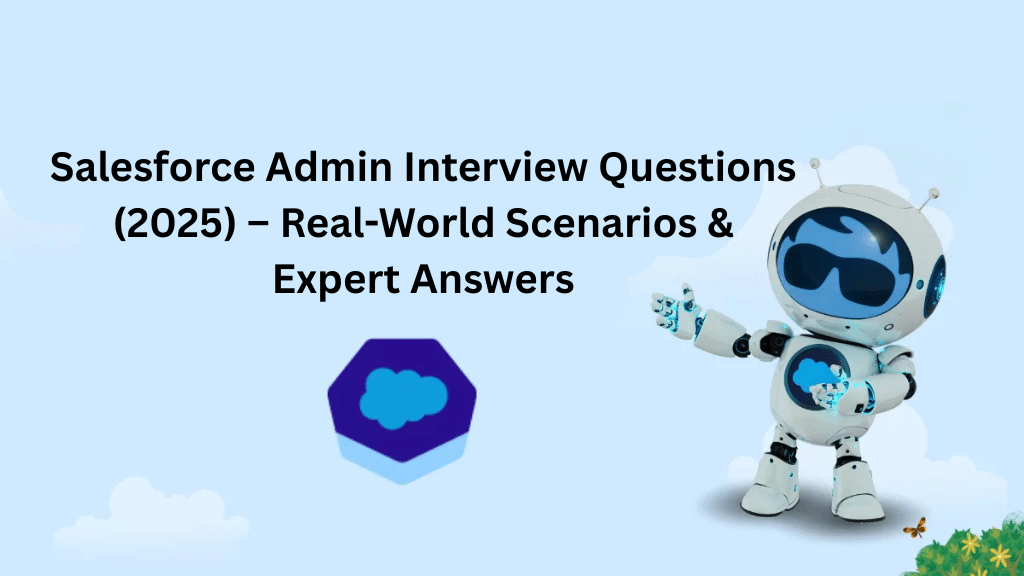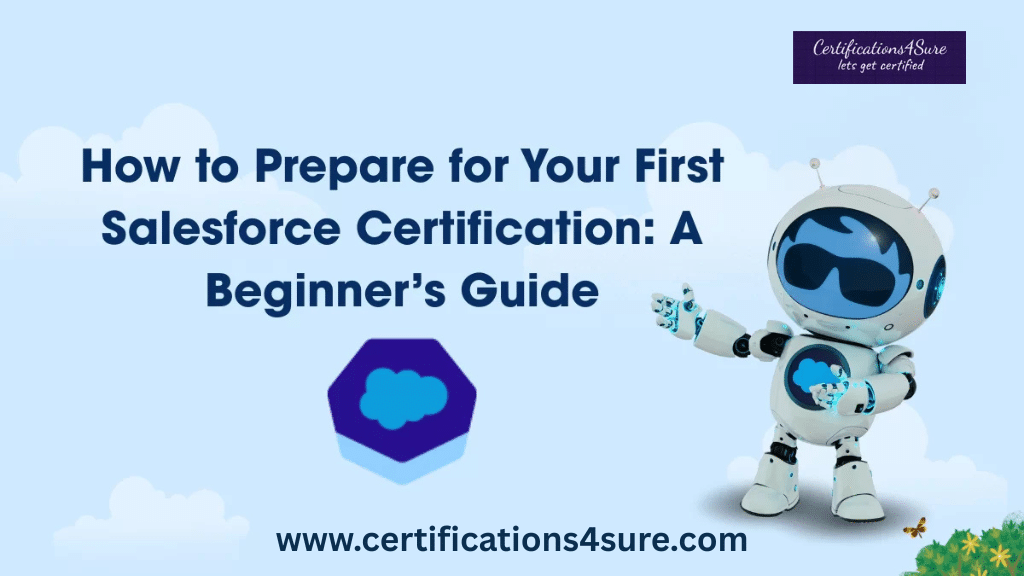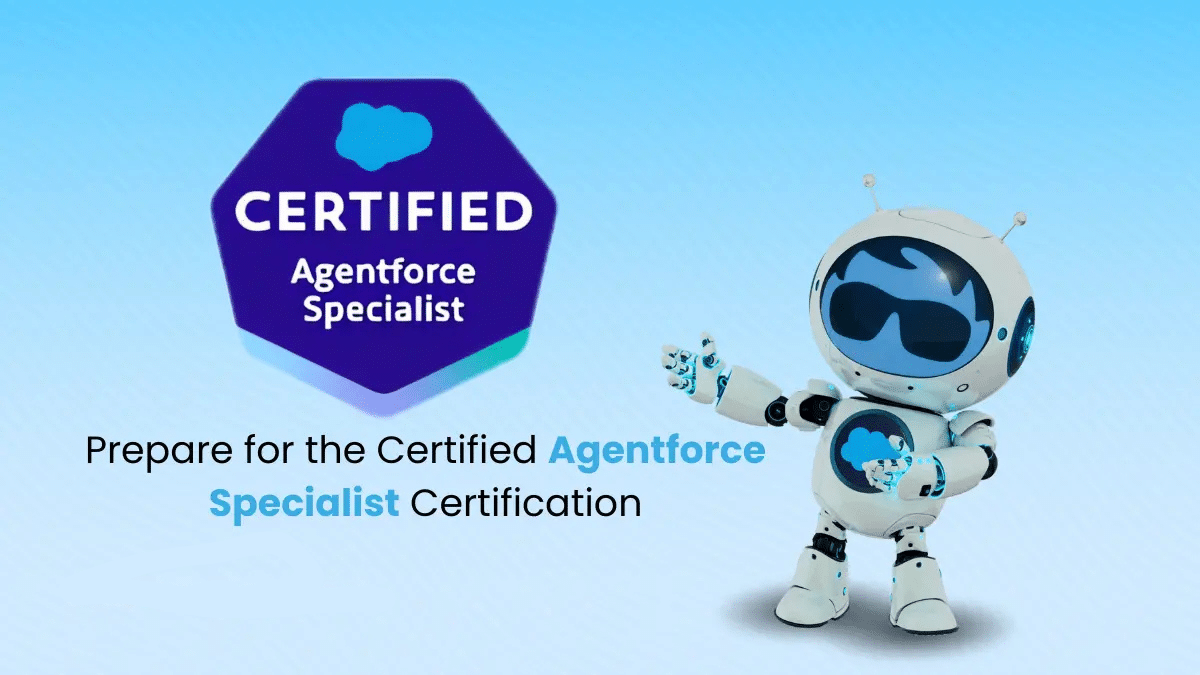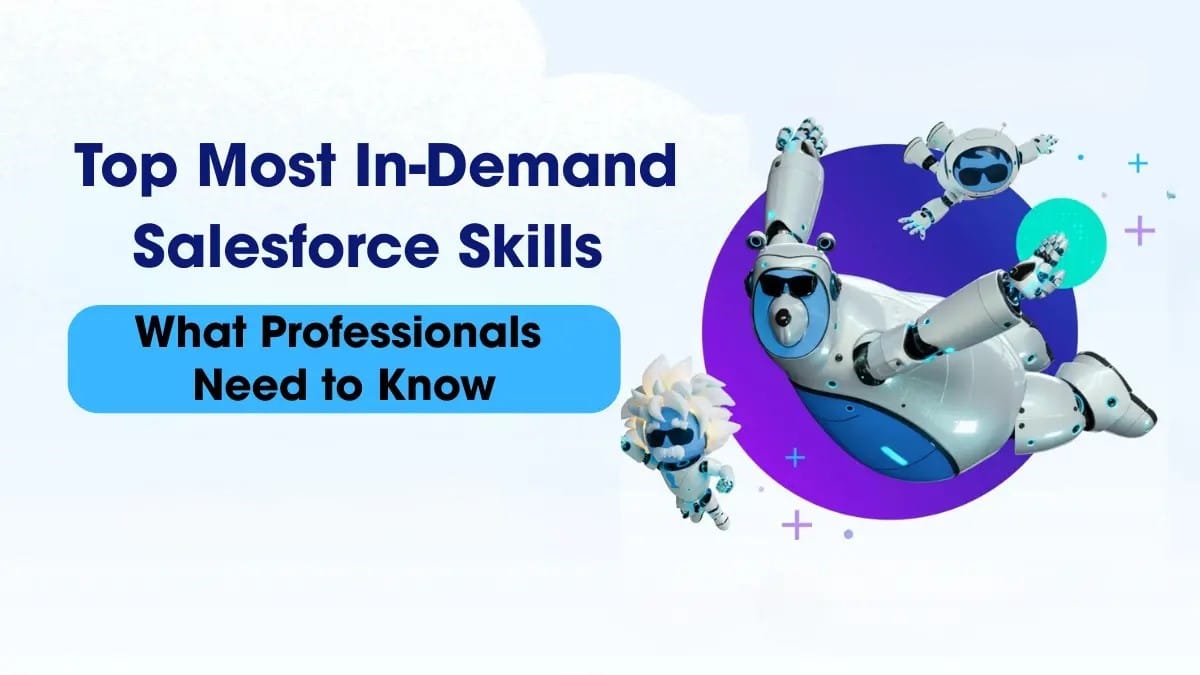Currently Empty: ₹ 0.00

What to Expect in a Salesforce Admin Interview
Salesforce Admin interviews typically assess:
- Platform knowledge
- Business process understanding
- Hands-on troubleshooting ability
- Communication and collaboration skills
Expect a mix of theoretical, practical, and “what would you do if…” questions.
Why Real-World Scenarios Matter
Anyone can list objects and fields. What sets great Admins apart is how they:
- Approach real problems
- Leverage automation tools strategically
- Manage user access without compromising security
- Maintain clean, actionable data
- Balance business goals with system limits
This guide focuses on application over memorization, helping you bridge theory with real-world thinking.
Salesforce Interview Questions for Administrator
Foundational Knowledge
1. What is Salesforce, and how does it benefit organizations?
Salesforce is a cloud-based CRM platform that helps organizations manage sales, service, marketing,
and more. It increases productivity, improves customer relationships, and centralizes data for better
decision-making.
2. Explain the difference between Salesforce Classic and Lightning Experience.
Lightning is the modern UI with enhanced features like dynamic pages, better performance, and
customizable components. Classic is the older interface with limited capabilities.
3. What are the different Salesforce editions and their key differences?
Editions include Essentials, Professional, Enterprise, and Unlimited. They differ in terms of features,
customization, automation tools, and API access.
User Management & Security
4. Walk me through the process of creating a new user in Salesforce.
Go to Setup > Users > New User, fill in the required details, assign a profile, role, and license, then save.
5. What’s the difference between Profiles and Permission Sets?
Profiles define baseline access. Permission Sets add extra permissions without changing the profile.
6. Explain Salesforce’s sharing model and its components.
It includes Organization-Wide Defaults, Role Hierarchy, Sharing Rules, and Manual Sharing to control
record-level access.
7. A user reports they can’t see certain records. How would you troubleshoot this?
Check OWD settings, role hierarchy, profile/object permissions, sharing rules, and record ownership.
8. How do you handle user deactivation when someone leaves the company?
Deactivate the user, reassign records if needed, and ensure they are removed from public groups and
queues.
9. How do you audit user activity or track changes in Salesforce?
Use Setup Audit Trail, Login History, and Field History Tracking.
10. Have you ever used the Salesforce Security Health Check? How did you act on its findings?
Yes, I used it to identify weak settings like password policies and fixed them to align with security best
practices.
Data Management
11. What are the different data import methods in Salesforce?
Data Import Wizard for standard/custom objects and Data Loader for large volumes or complex
mappings.
12. How do you prevent duplicate records in Salesforce?
Use Matching Rules, Duplicate Rules, and Validation Rules.
13. Explain the difference between hard delete and soft delete.
Soft delete sends records to the Recycle Bin. Hard delete permanently removes them without recovery.
14. A user accidentally deleted important records. How would you recover them?
Restore from the Recycle Bin or contact Salesforce support if the records were hard deleted.
15. How do you handle data backup and recovery in Salesforce?
Use Weekly Export, manual exports, or third-party backup solutions.
16. How do you ensure compliance with data privacy regulations like GDPR or HIPAA in Salesforce?
Limit field access, use encryption, audit logs, consent management, and follow data retention policies.
Configuration & Customization
17. What’s the difference between customization and configuration?
Configuration uses clicks (e.g., fields, layouts); customization involves code (Apex, Visualforce, LWC).
18. Explain the different types of custom fields and when to use each.
Text, Number, Formula, Picklist, Checkbox—used based on data type and business logic needs.
19. What’s the difference between Lookup and Master-Detail relationships?
Lookup is loosely coupled. Master-Detail creates a tight dependency, cascading deletes, and roll-up
summaries.
20. How do you create and maintain page layouts?
Go to Object Manager > Page Layouts > Edit. Assign layouts by profile or record type.
21. Explain record types and when you would use them.
Record types allow different business processes, layouts, and picklist values for the same object.
Automation & Workflow
22. What are the different automation tools available in Salesforce?
Workflow Rules, Process Builder, Flow, and Approval Processes. Flow is now the preferred tool.
23. Walk me through creating a simple approval process.
Define entry criteria, assign approvers, define actions on approve/reject, and activate.
24. A sales manager wants automatic email alerts when opportunities exceed $100,000. How would you
set this up?
Use a Record-Triggered Flow or Workflow Rule with criteria and an Email Alert action.
25. How do you handle time-based workflow actions?
Set time triggers based on date fields and define scheduled actions like emails or updates.
26. What’s the difference between Workflow Rules and Process Builder?
Workflow is limited to field updates and alerts. Process Builder supports more actions, but is being
replaced by Flow.
27. What is a Flow in Salesforce, and why is it preferred over Workflow Rules or Process Builder?
Flows are powerful, flexible, and can handle complex logic, screen interactions, and multistep
processes.
28. Describe a scenario where you replaced Workflow Rules or Process Builder with a Flow. What
challenges did you face?
I migrated a lead assignment process to Flow. The challenge was replicating time-based actions and
ensuring no logic was duplicated.
Reports & Dashboards
29. What are the different report types in Salesforce?
Tabular, Summary, Matrix, and Joined reports—used based on how data needs to be grouped.
30. How do you create a report that shows opportunities by stage and close date?
Use a Summary Report grouped by Stage and filtered by Close Date.
31. A user wants to see real-time data on their dashboard. How do you address this?
Create a Dynamic Dashboard and ensure the source reports are up to date.
32. How do you share reports and dashboards with different user groups?
Use folders, public groups, and sharing settings, or assign through permission sets.
Scenario-Based Questions
33. Your sales team complains that they’re getting too many email notifications. How would you address
this?
Review workflow rules and notification triggers. Consolidate or adjust criteria to reduce noise.
34. The marketing team wants to track campaign ROI. How would you set this up?
Enable Campaign Influence, relate Opportunities to Campaigns, and build reports to track ROI.
35. A department head wants to ensure their team can only see their own records. How do you
implement this?
Set OWD to private, use roles, and configure sharing rules accordingly.
36. Users report that the system is slow. How would you investigate?
Check record counts, list views, report complexity, and browser performance. Use debug logs and the
Lightning Usage App.
37. The company is implementing a new sales process. How would you configure Salesforce to support
this?
Create new record types, picklist values, automation, and adjust page layouts as needed.
Advanced Topics
38. How do you handle Salesforce integration with other systems?
Use tools like APIs, MuleSoft, or middleware to sync data securely and reliably.
39. What are governor limits, and how do they affect daily operations?
Limits are set by Salesforce to maintain performance. They impact bulk data processing and
automation logic.
40. How do you manage Salesforce releases and updates?
Use sandboxes to test features, read release notes, and train users before applying changes in
production.
41. Explain the concept of a sandbox and its different types.
Sandboxes are test environments. Types include Developer, Developer Pro, Partial Copy, and Full Copy.
42. How do you handle mass data updates in Salesforce?
Use Data Loader, mass update tools, or scheduled Flows—back up data first.
Best Practices & Strategy
43. How do you ensure data quality in Salesforce?
Use validation rules, duplicate rules, regular audits, and user training.
44. What’s your approach to gathering requirements from stakeholders?
Conduct interviews, document use cases, and align solutions to business goals.
45. How do you handle change requests and system modifications?
Assess impact, prioritize, test in sandbox, and deploy with documentation.
46. Describe your approach to training end users on new features.
Provide documentation, live sessions, sandbox walkthroughs, and post-training support.
47. How do you stay current with Salesforce updates and new features?
Follow release notes, join the Trailblazer Community, and complete Trailhead modules.
48. How do you document changes made in Salesforce (e.g., Flows, field updates, role changes)?
Maintain a change log, use version control, and update documentation repositories.
49. How do you collaborate with Salesforce developers or consultants on large projects?
Share requirements, use sandbox testing, and communicate regularly through project tools like Jira or
Slack.
Technical Troubleshooting
50. A workflow rule isn’t firing as expected. How would you troubleshoot?
Check rule criteria, execution order, field updates, and if the rule is active.
51. Users can’t log in to Salesforce. What steps would you take?
Check login history, profile login hours, IP restrictions, and password issues.
52. How do you handle formula field errors?
Use the formula editor’s syntax check, isolate fields, and test with sample records.
Business Impact & Change Management
53. How do you measure the success of Salesforce implementations?
Track adoption, data accuracy, user feedback, and KPIs.
54. Describe a time when you had to balance competing requirements from different departments.
I prioritized based on impact, engaged both teams, and found a solution that aligned with business
goals.
55. How do you prioritize enhancement requests?
By business impact, urgency, user demand, and resource availability.
56. What would you do if a critical business process stopped working?
Diagnose root cause, communicate quickly, apply a fix or rollback, and prevent future issues.
57. How do you ensure Salesforce configurations align with business objectives?
Regular reviews with stakeholders, tracking outcomes, and adjusting based on feedback.
58. How do you plan a new feature rollout to avoid disruption to existing users?
Sandbox test, pilot with a small group, train users, and monitor adoption post-rollout.
Stay Connected & Get the Latest Salesforce Certification Dumps
For the latest updates, exam tips, and real-time discussions, follow us and join our community:
Join our WhatsApp Channel for instant alerts and updates:
https://whatsapp.com/channel/0029VahoVBu72WU09qGxET1K
Connect on Telegram for study materials and discussions:
https://t.me/Certification4sure
Explore Salesforce Certification Dumps & Practice Questions:
Get access to the most accurate and updated exam dumps to boost your success rate.
Visit Certifications4sure Salesforce Dumps
Don’t miss out — Stay ahead with verified resources and community support to ace your certification!
Recent Products

Salesforce Business Analyst Cloud SU25
Original price was: ₹ 1,299.00.₹ 999.00Current price is: ₹ 999.00.
Salesforce Consumer Goods Cloud Accredited Professional SU25
Original price was: ₹ 1,599.00.₹ 1,299.00Current price is: ₹ 1,299.00.
Salesforce Certified OmniStudio Consultant SU25
Original price was: ₹ 1,299.00.₹ 999.00Current price is: ₹ 999.00.



